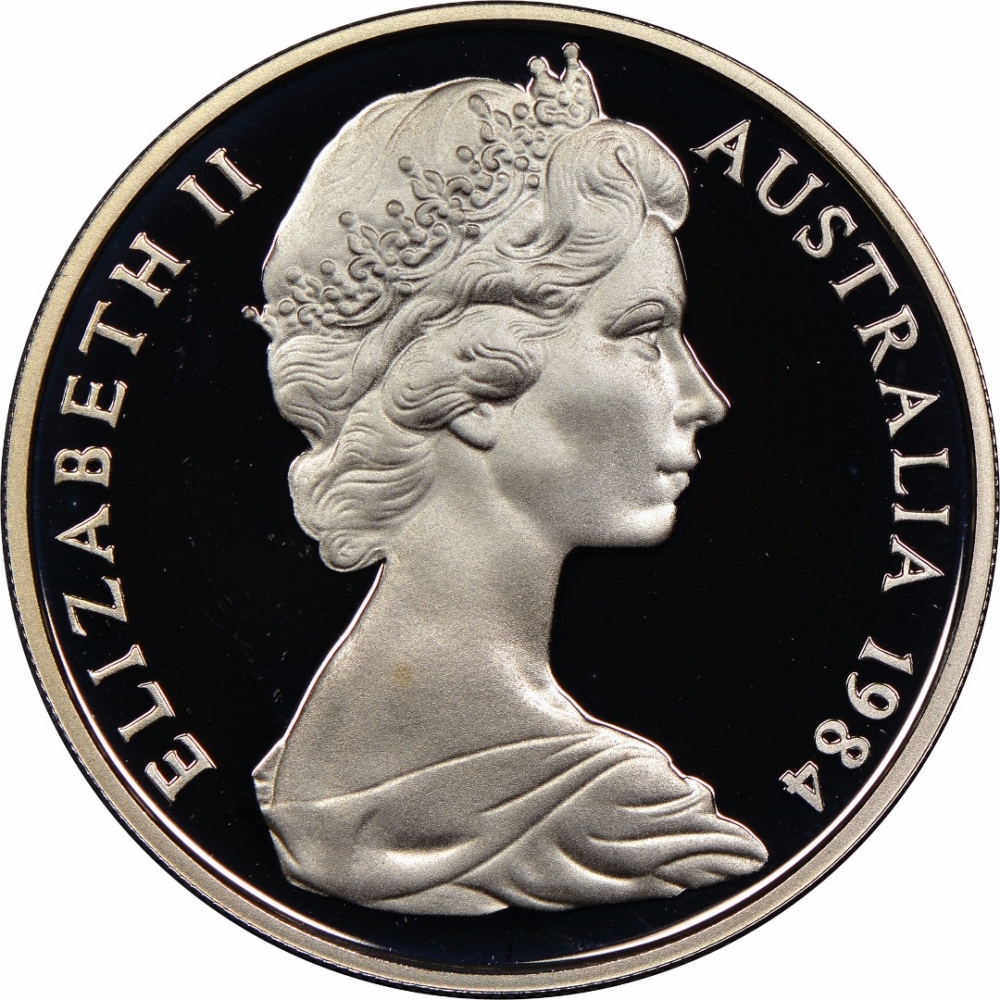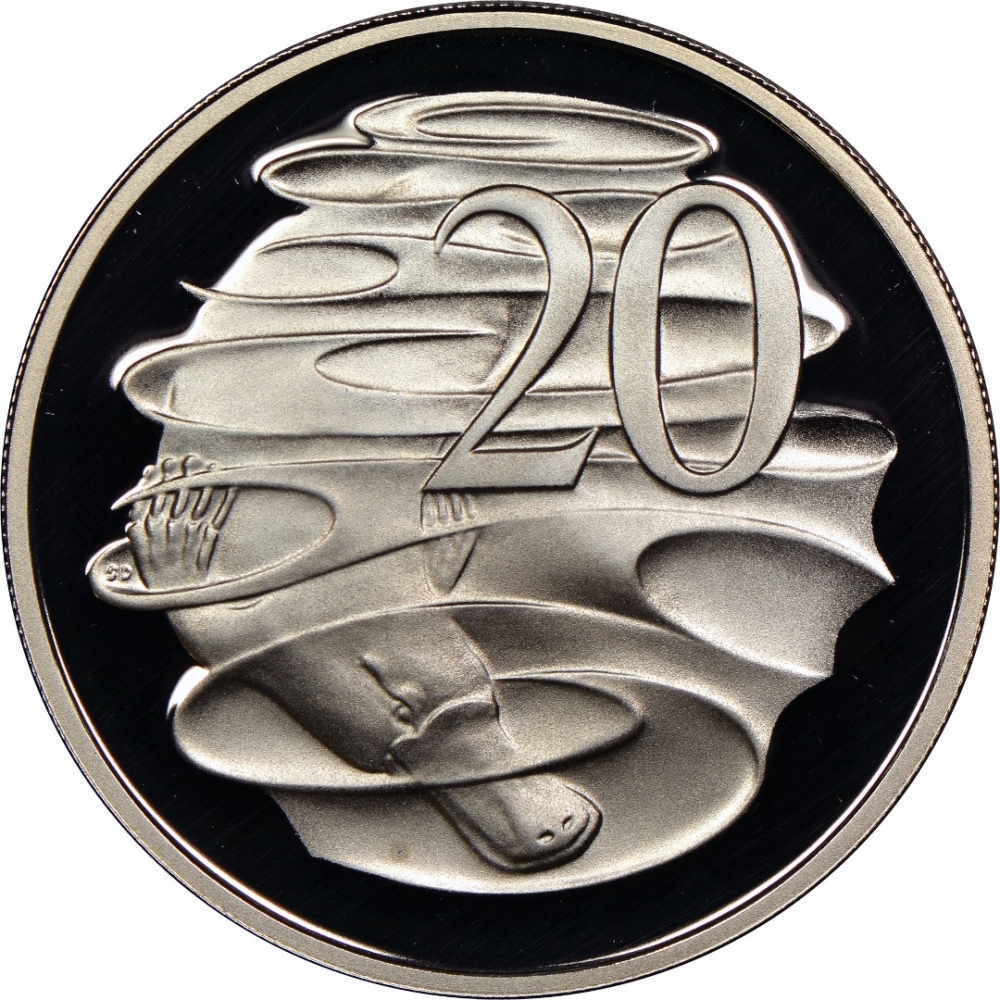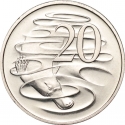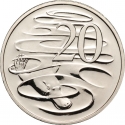You are about to finish your registration. Please check your mailbox (including spam folder). There should be a letter with a confirmation link. Check setting to make sure that your e-mail address is correct.
Send letter againDescription
Due to the large number of coins required for the February 14 1966 changeover to decimal coinage in Australia several mints both here and abroad were used to produce the 1966 cupro nickel and bronze coinage. Coins were struck at the London, Perth, and Melbourne branches of the Royal Mint and at the new Royal Australian Mint in Canberra. There were no mintmarks on any of the coins to allow easy determination of which mint a coin was produced at.
In 1981, a large number of 20 cent coins were required, far over the capacity of the Royal Australian Mint facility in Canberra, leading to some coins being minted by other Commonwealth Mints, such as the Royal Mint in London and the Royal Canadian Mint. Due to differences in the milling and annealing process, the Canadian variety of the 1981 20 cent coin is distinctive to attentive collectors.
Obverse

|
Second crowned portrait of HM Queen Elizabeth II facing right, wearing the Girls of Great Britain and Ireland tiara. ELIZABETH II AUSTRALIA 1984 |
|---|---|
Reverse

|
Platypus (Ornithorhynchus anatinus) and the numeral 20. 20 |
| Edge |
20 Cents
2nd portrait
KM# 66
Swap now (1 offer)
Characteristics
| Material | Cupronickel |
| Weight | 11.3 g |
| Diameter | 28.65 mm |
| Thickness | 2.5 mm |
| Shape |
|
| Alignment | Medal |
| Mints |
Royal Australian Mint (RAM) Royal Canadian Mint (RCM) Royal Mint
|







